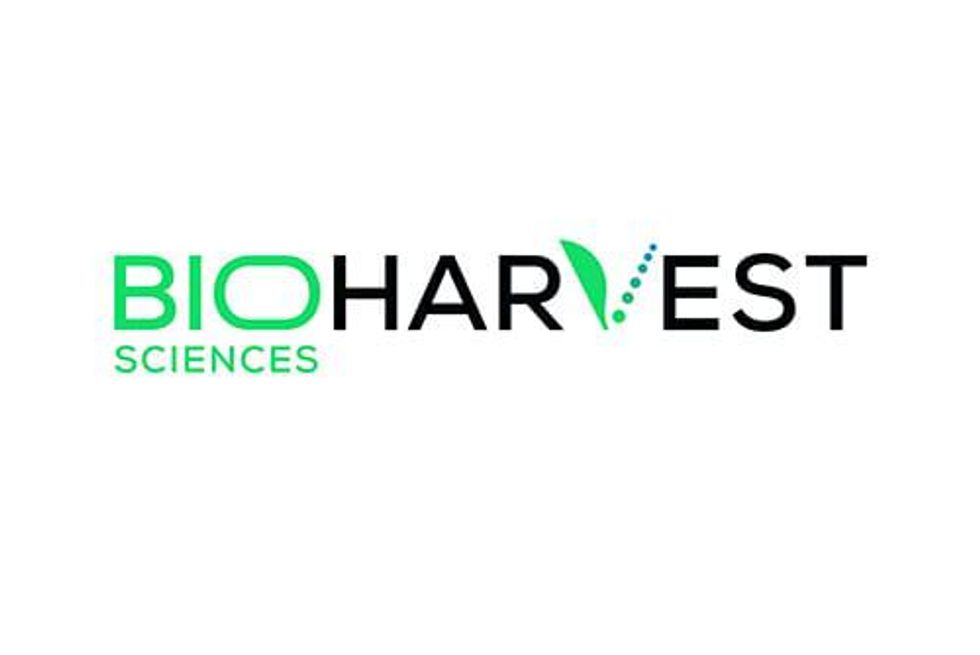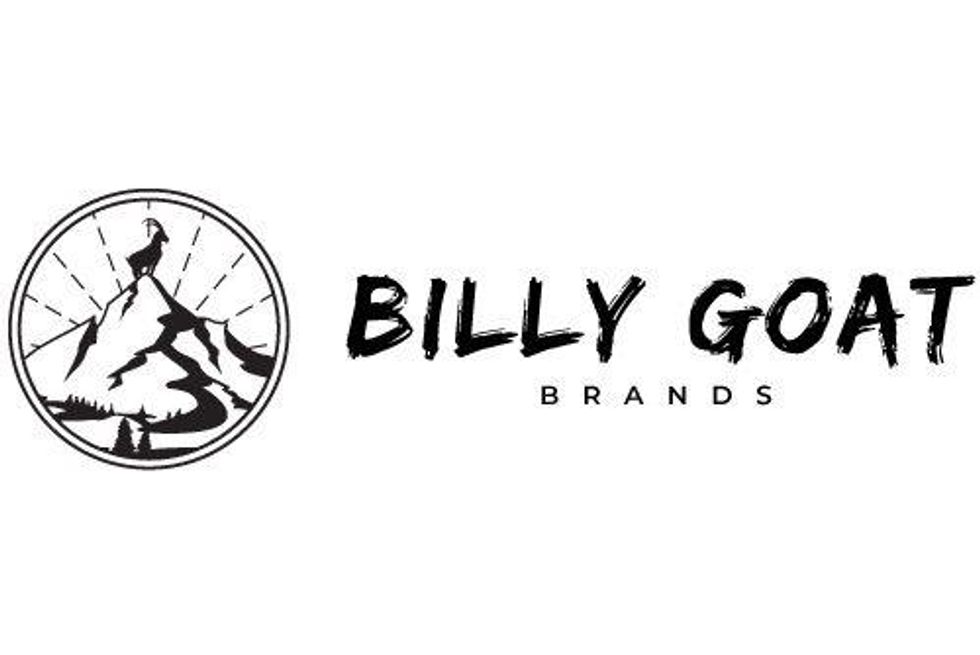Investing in Alzheimer’s: A Look at Available Drug Treatments
November is National Alzheimer’s Disease and Awareness Month in the United States. Here, Life Science Investing News takes a look at what the disease is and which companies are currently racing to come up with a treatment.
November is National Alzheimer’s Disease and Awareness Month in the United States. It was given that designation by President Ronald Reagan in 1983, when the disease claimed fewer than 2 million Americans. Now that number has risen to 5.4 million and is rising, according to the Alzheimer’s Association.
The National Institute on Aging (NIA), a part of the US Department of Health and Human Services, describes Alzheimer’s disease as “an irreversible, progressive brain disease that slowly destroys memory and thinking skills, and eventually even the ability to carry out the simplest tasks.”
Traditionally, people with Alzheimer’s first begin to experience symptoms after age 60.
Early signs include memory loss and impaired reasoning or judgment. However, symptoms can quickly elevate to not being able to recognize family and friends and culminate in not being able to communicate at all.
According to the NIA, scientists still do not know what causes the disease, with a combination of age-related factors, genetics and environmental/lifestyle aspects thought to be culprits.
Current treatment options
While there is no cure for Alzheimer’s, there are a number of drug and non-drug treatments available that are thought to help with cognitive and behavioral symptoms.
The four medications approved by the US Food and Drug Administration to treat Alzheimer’s are:
- Donepezil (Aricept®)
- Rivastigmine (Exelon®)
- Galantamine (Razadyne®)
- Memantine (Namenda®)
The first three are intended for the treatment of mild to moderate Alzheimer’s, while the last is designed for moderate to severe cases.
“These drugs work by regulating neurotransmitters (the chemicals that transmit messages between neurons),” the NIA states. “They may help maintain thinking, memory, and speaking skills, and help with certain behavioral problems. However, these drugs don’t change the underlying disease process, are effective for some but not all people, and may help only for a limited time.”
Other treatments focus on addressing behavioral changes that occur, such as insomnia, anxiety and wandering. Often non-drug treatments are simply trying to help individuals avoid certain triggering situations that exacerbate symptoms of the disease.
These treatments typically fall to caregivers, which is why November is also recognized as Family Caregivers Month. The Alzheimer’s Association states there are more than 15 million Alzheimer’s and dementia caregivers in the US.
Treatment setbacks
According to an Alzheimer’s Association report titled “Researching Alzheimer’s Medicines: Setbacks and Stepping Stones,” there have been 101 unsuccessful attempts to develop drug treatment options since 1998.
“In that time three new medicines have been approved to treat the symptoms of Alzheimer’s disease; for every research project that succeeded, 34 failed to yield a new medicine,” the report states.
Because of the complexity of how Alzheimer’s attacks the human brain, the NIA states that it is unlikely there will ever be a single breakthrough to delay, prevent or cure the disease. Researchers still don’t understand how the disease process even begins.
Additionally, the report highlights that a lack of validated non-invasive biomarkers of disease activity and progression makes it more difficult to “evaluate, enroll, follow up, and retain patients in clinical studies.” That translates to much longer and more expensive clinical trials.
However, that hasn’t stopped numerous companies from dedicating themselves to Alzheimer’s research in an attempt to better understand the disease and hopefully create effective treatment options.
Companies on the cutting edge
Companies that have made headlines of late are Boehringer Ingelheim Pharmaceuticals, Vitae Pharmaceuticals (NASDAQ:VTAE), Biogen Idec (NASDAQ:BIIB), Bionomics (ASX:BNO), Merck & Co. (NYSE:MRK) and AstraZeneca (NYSE:AZN).
FierceBiotech reported in October that Boehringer Ingelheim and Vitae Pharmaceuticals recently made big strides in their journey to create a drug that may be able to clear toxic clumps of amyloid beta, a process that is believed to help reduce the risk of developing Alzheimer’s.
“To the scientists, the amyloid beta reduction observed with BI1181181/VPT-37948 provides early, but encouraging, insights into its potential to demonstrate clinical efficacy,” Dr. Richard Gregg, chief scientific officer of Vitae, said in a media release. “Further, these Phase 1 results support BI1181181/VTP-37948’s potential for well-tolerated, once-daily dosing for patients.”
Meanwhile, Biogen Idec recently entered into a partnership with Eisai (TSE:4523) to develop therapies for Alzheimer’s.
“Eisai is a pioneer in successfully developing and commercializing [Alzheimer’s disease] treatments,” said George Scangos, CEO of Biogen Idec, in a press release. “This history, combined with their strong scientific heritage, geographical reach and unwavering commitment to the [Alzheimer’s disease] community, makes Eisai an excellent collaboration partner to help drive our mission.”
Bionomics and Merck have also teamed up in an effort to develop a new Alzheimer’s drug, while AstraZeneca has signed new agreements with Cambridge University to enhance its research and development efforts in the hunt for new treatments for Alzheimer’s and other neurodegenerative diseases, according to FierceBiotech.
Research into Alzheimer’s treatments remains a crowded field, as scientists and CEOs alike know that finding a viable treatment option would not only change the world, but result in huge profits.




